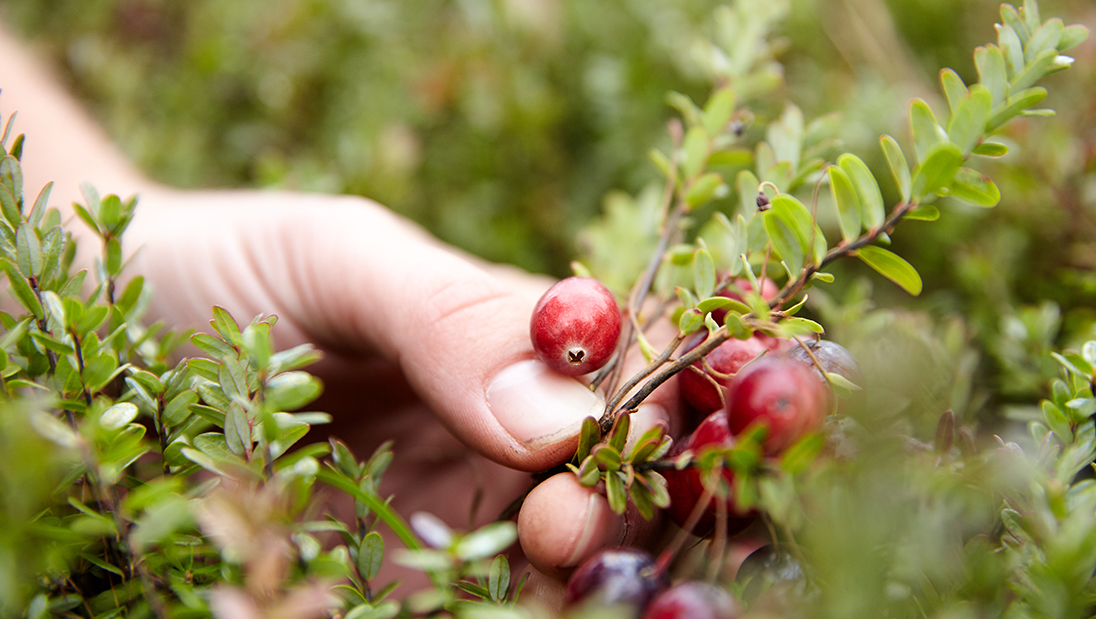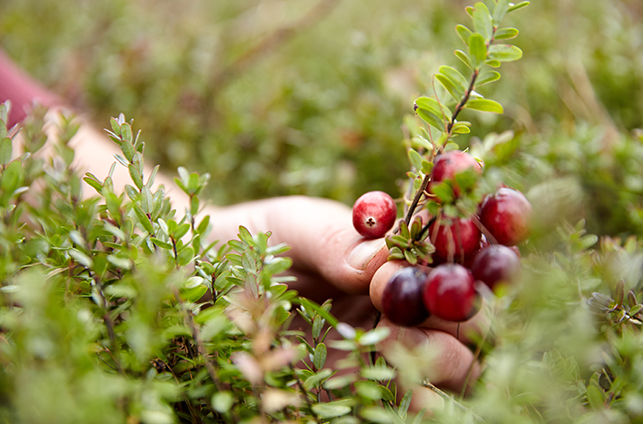Cranberries have been known to be beneficial for one’s health for centuries.
They are said to provide cell protection as antioxidants and to help preventing urinary tract and bladder infections. Symrise produces high-quality standardized cranberry extracts and powders that retain the fruit active molecules.
But what is the story behind these products? Where do the berries come from?
How are they grown and processed? And how do their active ingredients work?
Discover all about the berries.
All about the berries
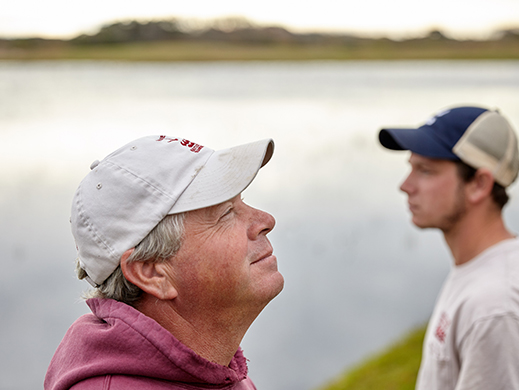
A multi-generation harvest for over 60 years
Tom Larrabee is the second generation of Cranberry growers. With his son, they are both employed by the Nantucket Conservation Foundation to be responsible for the 100 hectares of cranberry fields on Nantucket Island. The island is located on the east coast of the United States, just a few dozen kilometers from Cape Cod and Martha’s Vineyard. The vines there grow in two large tracts of land. They belong to the Foundation, which owns almost one third of the land, manages farms and invests all its profits back into the protection of nature.
“My family has been cultivating these vines for over 60 years – and there is simply nothing better than bringing in a harvest.” The whole process clearly fills the 59-year-old with pride and joy. “When the plants grow, the fruits ripen and I can finally harvest them – there’s just something very satisfying about that.”
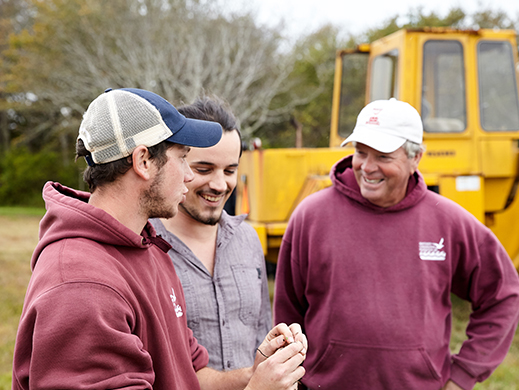
Conversion to organic farming
Over the past few years, Larrabee and his team have invested in sustainable agriculture and made the switch from conventional farming to organic farming. “We’ve seen many more plant species and animals here since we switched,” says Tom Larrabee. He regularly observes white-tailed deer, snapping and ornamental turtles, tree frogs and water snakes as well as birds such as osprey, Canada geese and mallards. Even the bees, which pollinate the cranberry blossoms, now appear in greater numbers once again. There is also a financial incentive for the farmer in planting organic fruit. He doesn’t harvest as much as when using conventional methods, but the fruit does sell at a higher price. And in time, when the fields are in full operation, he is confident that the yield will also adapt.
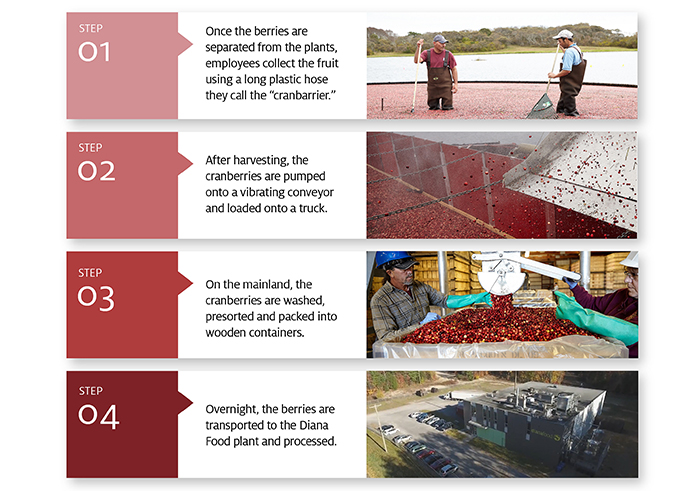
Unique harvesting process
Larrabee uses specially developed equipment for the harvest, which lasts about five weeks in winter. First, he marks the irrigation channels on the dry field with yellow flags. They indicate where he will have to drive the harvester. Then he floods the field with water.

Champlain, an integrated production process in the heart of the cranberry producing region
We process the fresh fruit, which was harvested one or two days earlier, over the course of about eight weeks. In the remaining months, the company uses frozen fruit or fruit concentrates. “To obtain the best products, we need the smaller, dark red and somewhat bitter berries,” says General Manager Guy Durand.
The molecules are extracted from the berries, which are then sold as purified extracts, concentrates or spray-dried powders. However, the steps that the company has developed to achieve this are highly complex and precisely coordinated. For instance, following a quality control check in the laboratory, the fruits have to be heated and juiced in several steps. “We then separate the remaining solids from the liquid components. The liquid is extracted, purified, concentrated and finally standardized,” says Guy Durand. “This is very important for ensuring that we Always have the optimal product to sell to our customers.”
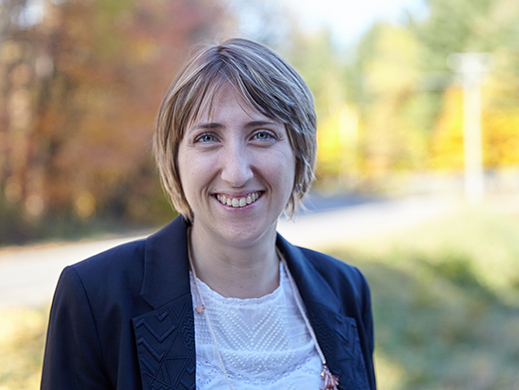
Good for health
For the manufacturers of nutritional supplements, “optimal” means something very specific for cranberries. “The concentration of proanthocyanidins (PACs) in the extract has to remain constant,” says Nathalie Richer. The product manager, who is responsible for the global health and nutrition portfolio, is also in charge of the Urophenol™ extract. It is used in the prevention and treatment of urinary tract and bladder infections. 15 % of the purified extract consists of PACs, which are thought to have a particular effect on these ailments. “To do this, we have to process the cranberries as efficiently and gently as possible to keep the special functionalities of these molecules intact.”
To learn more about the berries’ capabilities, the company works closely with research institutions such as the Institute of Nutrition and Functional Foods at Laval University in Quebec (INAF) or the National Research Council of Canada. “Symrise is currently partnering in four clinical studies that are investigating the health benefits of polyphenols from different locally sourced fruit, such as strawberries or blueberries,” says Nathalie Richer. “Of course, cranberry remains at the heart of our scientific work and we will be completing soon a major clinical study on its mechanism of action on urinary health.“


